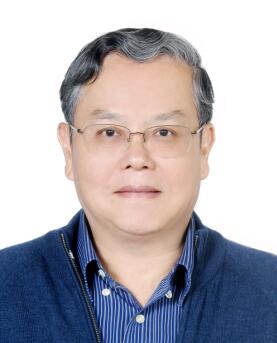Abstract—In order to estimate non-point source pollution under different defarming scenarios in Bai River Basin. Geographic informational system (GIS) and the Soil and Water Assessment Tool (SWAT) was used to simulate the transport of runoff, sediment, total nitrogen and total phosphorus into the Zhangjiafen stations. The results showed: The SWAT generally performs well and could accurately simulate monthly runoff, sediment, total nitrogen and total phosphorus yield with a Nash-Sutcliffe coefficient and a coefficient of determination of greater than 0.7 during calibration and validation. Three kinds of measures were obvious with reducing sediment, total nitrogen and total phosphorus in effect, conversion of farmland back to forests in whole watershed had the most effect on it.
Index Terms—water quality, SWAT, conversion of farmland,Bai River Basin.
Jiangkun Zheng is with the School of Soil and Water Conservation,Beijing Forestry University, 86-01082380418, e-mail: zhengjiangkun999@163.com.
Xinxiao Yu. was with the School of Soil and Water Conservation, Beijing Forestry University, e-mail: yuxinxiao111@126.com.
[PDF]
Cite: Jiangkun Zheng and Xinxiao Yu, "Water Quality Response to Different Defarming Scenarios in Bai River Basin," International Journal of Chemical Engineering and Applications vol. 1, no. 4, pp. 363-368, 2010.



